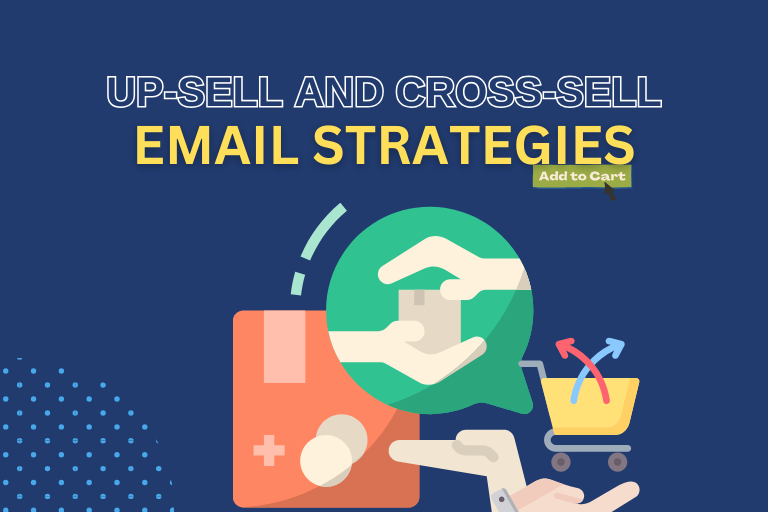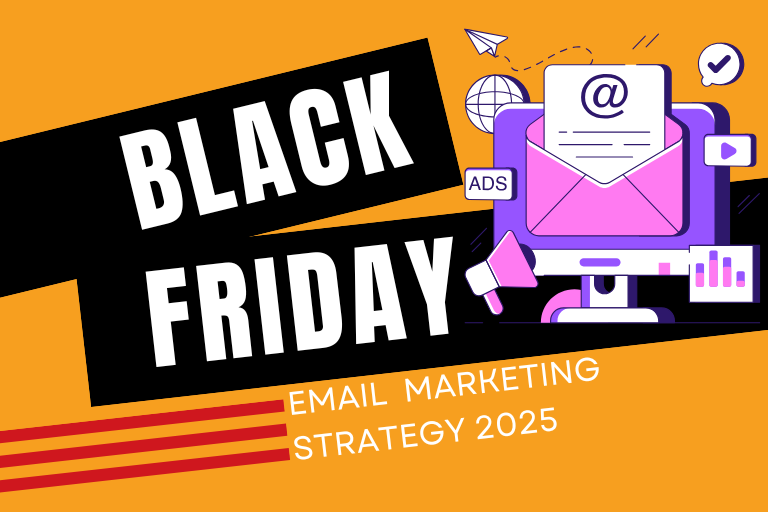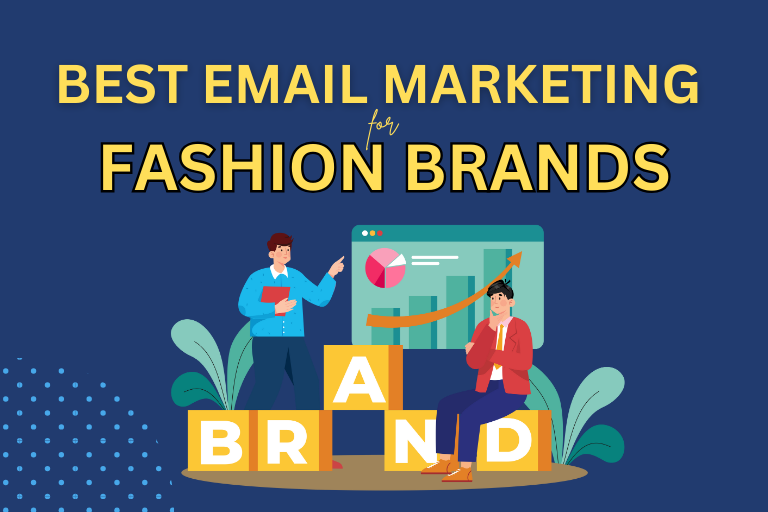If you run an e-commerce business, making a sale is great, but getting customers to buy again is even better. That is where upselling and cross selling come in.
Upselling is more like offering a customer a better, more valuable version of what they are already buying.
Cross selling, on the other hand, is about keeping them around by suggesting related products they might need later.
One helps increase the value of their current purchase, while the other helps turn them into repeat customers.
To make the most of these strategies, we’ve put together some killer email techniques to boost your sales and keep customers coming back.
But first, let’s quickly break down what these terms really mean and how they work together.
What is Upselling?
Upselling is a sales technique where a seller encourages a customer to purchase a more expensive item, an upgrade, or an additional product to enhance their original purchase.
The goal is to increase the overall value of the sale while often providing the customer with something that better meets their needs or adds more value to their experience.
For example, if you’re shopping online for a basic smartphone, the website might suggest a model with a better camera, more storage, or a faster processor for a higher price.
Also, when shopping from a beauty store online, the store can suggest a more advanced version of face moisturizer with extra skincare benefits if you add the basic one to your cart. Let’s just say it’s all about subtly guiding the customer toward a bigger or better option.
What is Cross-selling?
Cross-selling is a sales strategy where a seller suggests additional, complementary products or services to go along with what the customer is already buying.
Unlike upselling, which focuses on upgrading or enhancing the main purchase, cross-selling is about adding related items that pair well with it, often increasing convenience or value for the customer.
For instance, ifyou’re buying a laptop online, the store can recommend a laptop bag, a mouse, or antivirus software to go with it.
Also Read – Ecommerce Welcome Email Examples
Upselling and Cross-selling Email Examples
Here are actual practical examples of both cross-selling and upselling emails used by popular firms and brands.
1. Frontman

FrontMan offers better but a bit more costly skin care ointment for men. Notice how the email starts by not so subtly declaring the product as a game changer, implying it is better than the regular ones.
2. Dollar Shave Club

Dollar shave club offers shaving kits and accessories for men. In this email, customers are shown photos of related products on the email while the heading encourages them to “toss more in” their carts.
3. Target

Target is a household name for retail customers. You can observe how they employ discount with the “New price alert” mail subject here. This will definitely get customers to buy more related clothing than they had in mind.
4. Google Store

The first word here is upgrade, which convinces customers the product is better than what they hoped to buy. The trick here is to upsell without degrading other similar products in your store, just in case some customers insist on getting what originally came for.
5. Capital One

Here, Capital One immediately jumps to it by telling the customer one big advantage their virtual cards have over physical ones. This gets the curiosity of customers, which gets them to read through the rest of the email.
Upsell and Cross-sell Email Strategies
Email remains a goldmine for ecommerce marketing strategy and that remains the case here.
With open rates hovering around 20-30% for well-crafted campaigns and the ability to segment audiences with precision, it’s a direct line to your customers’ inboxes.
For upselling and cross-selling, timing and relevance are everything, and email excels at both. Here are tips you should use for best upsell and cross sell results.
1. Know Your Customers
Start with data which you can easily get from email marketing tools like Klaviyo and Mailchimp. Look at purchase history, browsing behavior, and preferences.
If someone just bought a mid-tier laptop, they might be open to an upsell for a premium model with faster processing, but only if it fits their profile, need or budget.
2. Pair Products That Make Sense
Recommend items that naturally go with their purchase. If they bought a camera, suggest a tripod or memory card. The key is relevance and making it feel like a no-brainer add-on. You can go for something like this “Got your new camera? Grab a lens kit to capture every moment.”
3. Highlight Value
Focus on what customers stand to gain from buying more or getting a better version of the same product. Instead of “Upgrade for $50 more,” try “Unlock advanced features like real-time analytics for just $50.” Use visuals, like a comparison chart, to make the benefits crystal clear.
4. Post-Purchase Reach-out
Send the email right after they buy, when they’re excited. For instance, if you’re selling headphones online, you can say “Thanks for ordering your headphones. Complete the experience with a protective case.” Timing it with that new-purchase buzz increases the odds they’ll bite.
5. Keep Things Personal
Generic emails rarely convert. Use the customer’s name, reference their recent purchase, and tailor the upsell to their specific use case. Here’s an example: “Hey Sarah, loving your new camera? Take your photography to the next level with this pro lens.”
Another example is Amazon. After you buy a book, they often email suggesting the hardcover edition or a bundle with the sequel.
6. Focus on Pain Points
Identify what might frustrate users with their current purchase and position the upsell as the fix. For instance, if they’re on a free plan with limits, say, “Running out of storage? Upgrade to Premium for unlimited space.” Speak directly to what’s holding them back.
7. Test a ‘Downgrade’ Twist
Flip the script with a reverse psychology move. “Not ready for Premium? Stick with Basic or unlock everything for just $8 more.” It subtly highlights the value gap without being pushy.
8. Discount Deals
Offer a discount when they buy the cross-sell item with their original purchase. You can say “Add a charger to your phone order and save 15% on both!” It feels like they’re getting more value, not just spending more.
9. Leverage Behavior Triggers
You’ll need to watch what they browse or add to their cart. If they’ve been eyeing a laptop bag but only bought the laptop, email them: “Still thinking about that bag? Pair it with your new laptop today!” It’s personalized and timely.
10. Timing Is Critical
Strike while the iron’s hot. Post-purchase emails sent within 24-48 hours often work best for upsells. The customer’s excitement is still fresh, and they’re more likely to consider an upgrade.
For example, after buying a fitness tracker, an email offering the deluxe version with heart-rate monitoring could hit the mark.
Conclusion
Armed with these upselling and cross-selling strategies with inspiring examples, we know you will apply them as necessary in your ecommerce business to get the best. To get even more strategies and tips, book a FREE discovery call with us today.



